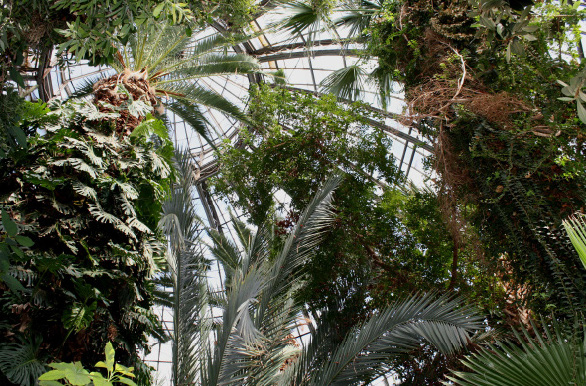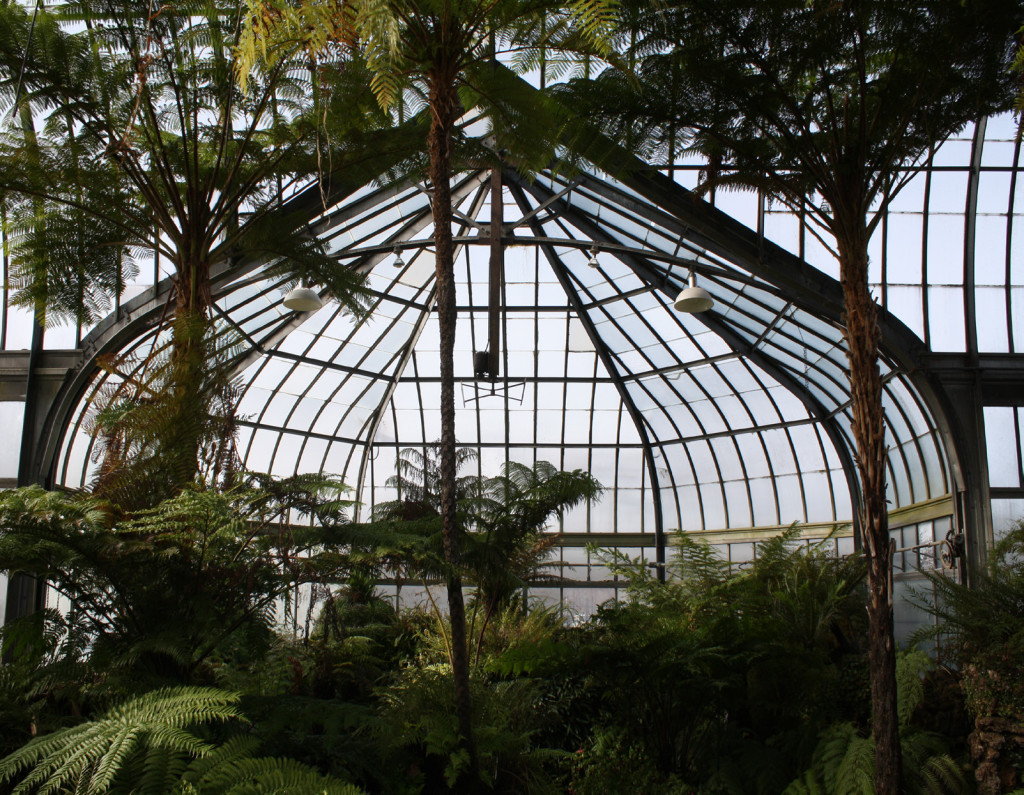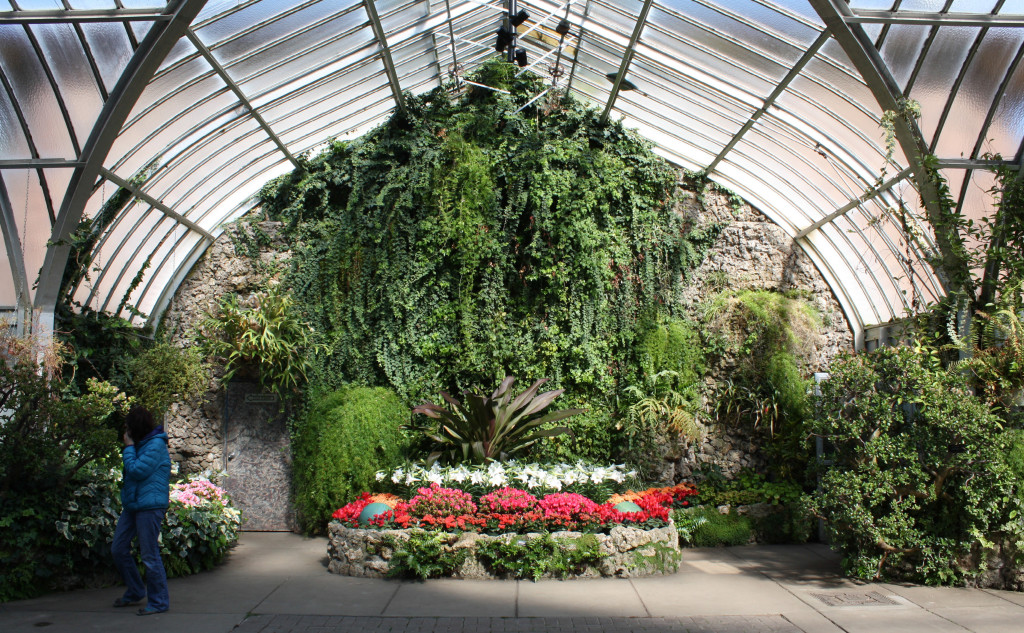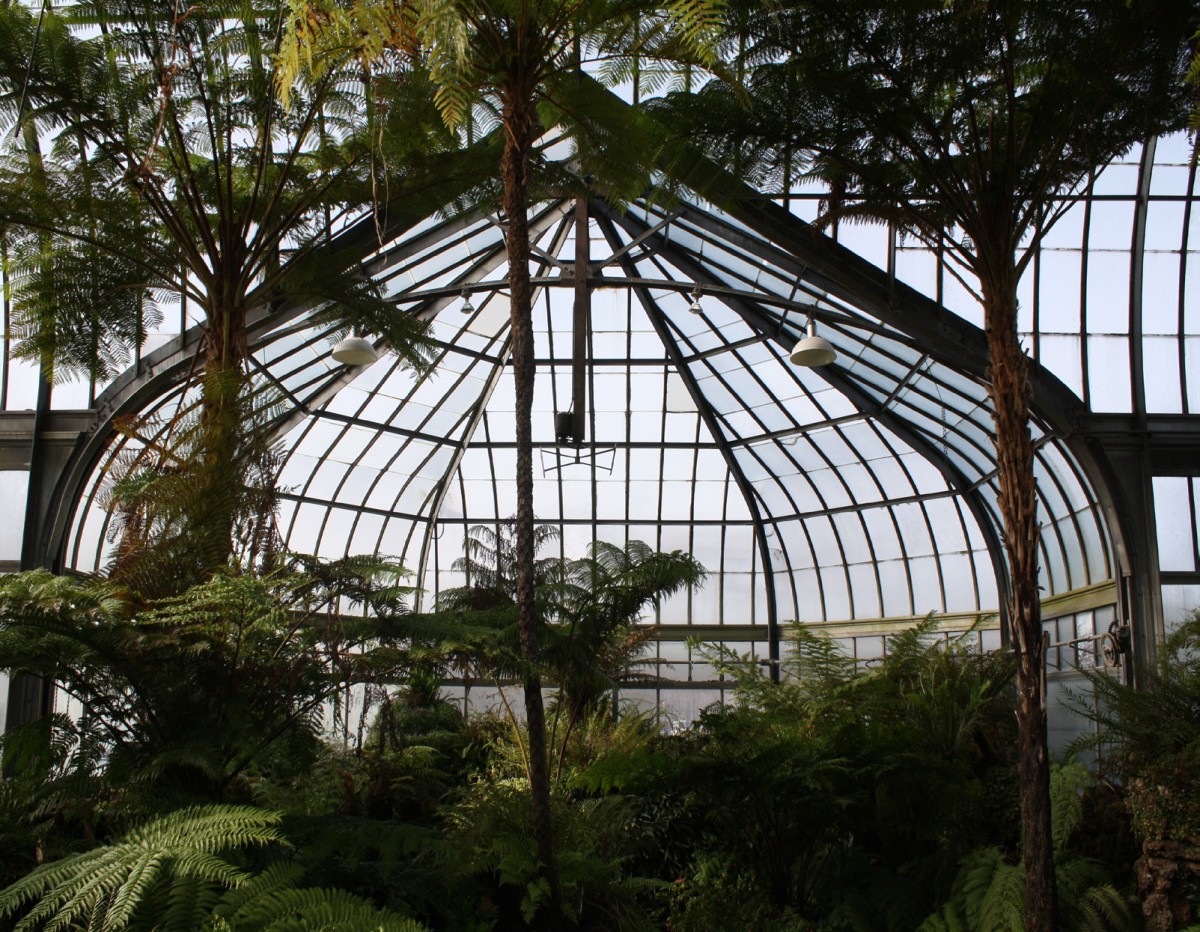My Own Private Dance Studio
Biba Bell

From Detroit arises a proliferation of images that detail its extreme economic, material, social and historical conditions. The si(gh)ts of broken down factories, homes with trees growing through roofs, vast expanses of land returning to nature, packs of wild dogs, discarded piles of belongings, etc., bellow a great noise marking the arrival of the decline of capitalism while letting loose these images to roam the interweb and its reaches. Frequently arises the interjection, Oh, but I hear it is a great place for artists. Art and the City invite the imaginaries of expansive, empty spaces, open and unencumbered. The cityscape becomes a site of production where the factory once was, now derelict and falling away. But, instead of repurposing vacancies to the romantic melody of the arts, I’d like to leave you with a different set of images with which I am thinking through the generative potential of an artist’s (and in my case a choreographer’s) studio at this moment: the Anna Scripps Whitecomb Conservatory on Belle Isle.
Perched within Detroit’s great city park Belle Isle, this conservatory, designed by Albert Kahn (who also designed a great many automobile assembly plants) in 1904, stands quietly to absorb the changing of seasons and the handful of visitors who, whispering, pass throughout its halls. Like much of Detroit in the past 40 years or so, this Conservatory (and its inhabitants) has been left largely to its own devices. Run by volunteers with little to no money from the city, it illustrates another version of urban negligence. Teeming with plants, trees and flowers from around the world, a great jolt of oxygen and fragrant, moist air is the first confrontation upon arrival. Trees graze the ceiling and begin to curve along its edges. Vines grow embedded within the structural bars along the walls. Fruit ripens and is harvested or falls to decompose on the dirt floor. Cacti accumulate etchings of a crush’s name like a wooden desktop would, carved into its grain at a junior high school.

When I enter this space I am reminded of the strangely narcissistic characteristics of a dance studio, all mirrors and sprung floors. It is a space strategically designed for the arousal of life energy, a well of creativity. It is a space for movement. Yet, this energy is corralled and multiplied; it overflows with excess while also keeps to itself. I am reminded of domestic spaces where privacy veils sensual, relational, and intimate bodily states engaged in a social and corporeal history of affective and reproductive labor. Where what is produced is intangible, immaterial. It is a world of scents and colors, of contemplation and sensuality. The Conservatory is a fertile studio, sanctioned yet unruly, left alone yet filled with life. This is a studio that has been left outside. This site is my own private dance studio. Windows reveal not the luminosity of what is beyond, but multiplicity of life within. Alone in the studio I am reminded that I am never alone in the studio. Within a city that has been left alone, this green house is an ecstatic assemblage of movement and materiality. Upon entrance the senses awaken: a sensuous intoxication.

The modernist artist studio developed in tandem with the age of industry. As much as we are in a post-factory condition, we are also post-studio. Yet, post-studio is also an art historical situation. It can be thought alongside post-Fordism, occurring at a similar aesthetic period, marking movements from material to immaterial, from objects (commodities) to intangibles edges, languages, codes, information, affects—here I’m calling upon potential elements of the Common (knowledges, languages, codes, information, affects—here I’m calling upon potential elements of the Common as Negri and Hardt would have it).1Michael Hardt and Antonio Negri, Commonwealth (Cambridge: The Belknap Press of Harvard University Press, 2009), 132. The post-studio attends to the call of Robert Smithson, “Deliverance from the confines of the studio frees the artist to a degree from the snares of craft and bondage of creativity.”2Wouter Davidts and Kim Paice, The Fall of the Studio: Artists at Work (Amsterdam: Antennae, 2009), 28.
The studio as snare. It is to critique the cube, its whiteness and geometry. The sterility of its surfaces. In an art historical context the move from studio to post-studio can also be about necessity… a move to the streets (in the words of Carl Andre)3Barbara Rose, Carl Andre, http://www.interviewmagazine.com/art/carl-andre/#_ or the kitchen table (for Felix Gonzales-Torres), “I’m sorry. I don’t have a studio. I’m just a kitchen-table artist.” 4Mary Jane Jacob and Michelle Grabner, The Studio Reader: On The Space of Artists (Chicago: University of Chicago Press, 2010), 119.
For the dancer it is to dislocate from the reflected image, to forget frontal orientation, to dislodge the fourth wall, to lose step without the aid of the sprung floor, trip on the surface, or slide as the frictionless ground plane falls away…
Para is call of the contemporary.
Giorgio Agamben discusses the contemporary as a particular “untimeliness.” As “a singular relationship with one’s own time, which adheres to it and, at the same time, keeps a distance from it. More precisely, it is that relationship with time that adheres to it through a disjunction and an anachronism.” 5Found emphasis. Giorgio Agamben, What is an Apparatus? (Stanford: Stanford University Press, 2009), 41.
“Those who are truly contemporary, who truly belong to their time, are those who neither perfectly coincide with it nor adjust themselves to its demands.” 6Agamben, What is an Apparatus?, 40.
He goes on, but let me just roughly summarize that his discussion of what it is to be contemporary indicates a temporal movement slight outside, sidestepping, or adjacent to the present.
I choose to spatialize this question which moves me to wonder: Where is slightly outside, adjacent to, side-stepping dance – as a form or discipline, as a practice, as a way of life, as an object… a process, an event. And can this step, to the side, replace the more common preliminary action in creating, rehearsing, or watching a dance, which would entail stepping into a room and then closing the door? What does a movement outside look like? Where does it go? Can we step outside of disciplinary boundaries just a little bit? Would we want to? In order to stretch them, melt them, or knock down a wall (or for dance this might better be a disruption of the floor)? Or could we locate this outside within the big empty room with a sprung floor?7Choreographer William Forsythe discusses the ground plane or the floor as the primary architectural surface that comprises a “dancerly room.” See … (For this I may want to turn to Derrida.)
If we consider architecture as Bernard Cache would, frames of probability, I imagine the Conservatory as opening up the potential for sidestepping the struggles and complicated fabric of the City.8“It is the flatness of the stage that makes choreography probable, just as it is the flatness of the stadium that increases the probability of …
It creates a room for rethinking the spaces of aesthetic production, and the critical imperatives lodged in the politics of excess and lack. Whether work is made in or outside of this studio, the Conservatory brings me back to the para, what is alongside, accompanying our creative processes. As a space so intimate and populated, a sanctuary that filters the outside in, it invites the body into a boldly dynamic, moving surround.
(I repeat) The studio as snare. Gilles Deleuze discusses the snare as a type of trick, as a cliché that exists in ways similar to probabilities (“which concern the dice before they are thrown”) that are already embedded within the (seemingly) empty canvas.9Gilles Deleuze, The Logic of Sensation (Minneapolis: University of Minnesota Press, 2002), 78.
The canvas is always already full. There is no empty canvas, here or anywhere. The snare guides and obstructs, but it also stalls and sets things into motion. We are not here to dance through empty spaces, we have always already populated the studio (and the City) before even stepping a foot inside.

All Images provided by the artist
References
